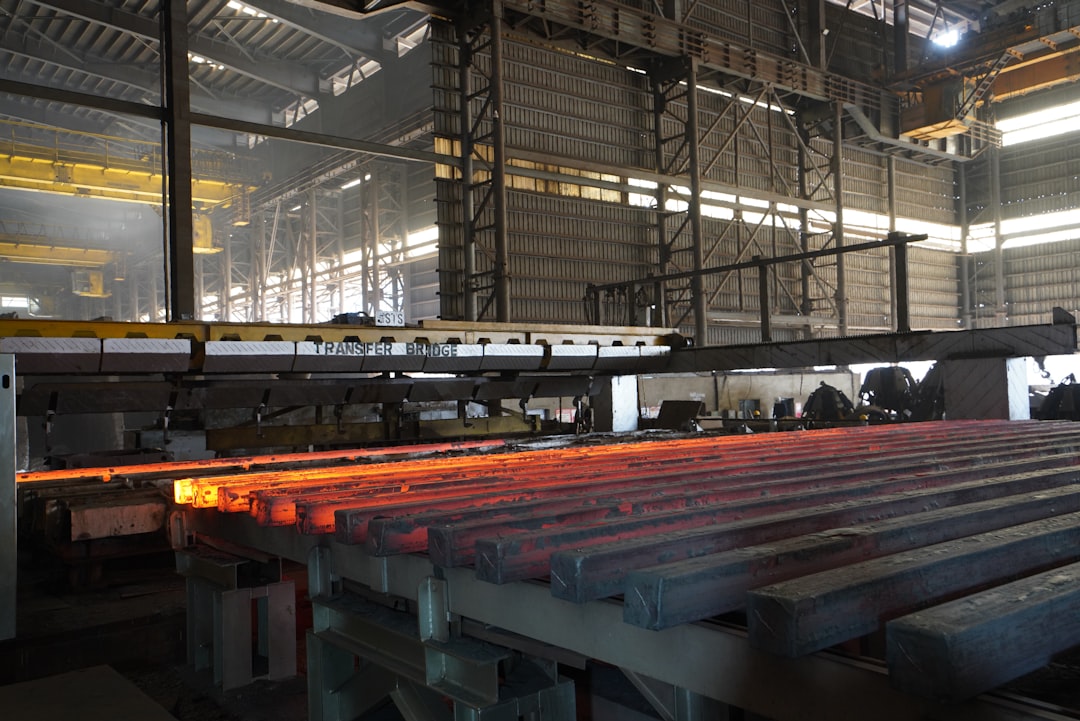The global steel trade is a complex network of international transactions, demanding robust and reliable payment mechanisms. Among these, Letters of Credit (L/Cs) stand out as a crucial instrument for mitigating risk and ensuring secure payment for both buyers and sellers. This comprehensive guide delves into the intricacies of L/Cs in the steel industry, providing a detailed understanding of their application and implications.
Understanding Letters of Credit (L/Cs) in the Steel Trade
A Letter of Credit (L/C) is a financial instrument issued by a buyer’s bank (the issuing bank) promising payment to the seller (the beneficiary) upon fulfillment of specific conditions. In the steel trade, these conditions typically revolve around the shipment of steel products, conforming to the agreed quality, quantity, and specifications outlined in the sales contract. The L/C acts as a guarantee, assuring the seller that payment is secured, even if the buyer defaults. This significantly reduces the risk for both parties, particularly beneficial in international transactions where trust and established relationships may be limited. Different types of L/Cs exist, each with varying degrees of risk and complexity, and the choice depends on the specific needs and risk tolerance of both buyer and seller.
Key Components of a Steel Trade L/C
A typical L/C for steel transactions includes several key components: The Applicant (Buyer), the Beneficiary (Seller), the Issuing Bank (Buyer’s Bank), the Advising Bank (often the seller’s bank, confirming the authenticity of the L/C), the amount of the credit, the expiry date, the description of goods (steel type, grade, quantity, etc.), shipping details, and the required documents for presentation (e.g., commercial invoice, packing list, bill of lading, certificate of origin, inspection certificate, etc.). The precise documentation required varies depending on the specific terms of the contract and the nature of the steel products being traded. Any discrepancies in the presented documents can lead to delays or even rejection of the L/C, highlighting the importance of meticulous attention to detail throughout the process.
Navigating Incoterms and their Impact on L/Cs
Incoterms (International Commercial Terms) play a crucial role in defining the responsibilities of the buyer and seller concerning delivery, insurance, and risk transfer. The choice of Incoterms directly impacts the documentation required for the L/C. For instance, an Incoterm like CIF (Cost, Insurance, and Freight) places more responsibility on the seller regarding shipment and insurance, consequently requiring more documentation related to these aspects in the L/C. Conversely, an Incoterm like FOB (Free on Board) shifts more responsibility to the buyer, affecting the documentation required. Understanding the chosen Incoterms is paramount to ensure the L/C accurately reflects the agreed-upon responsibilities and avoids potential disputes.
Common Challenges and Mitigation Strategies in Steel L/Cs
Despite the security offered by L/Cs, challenges can still arise. Discrepancies in documents, delays in presentation, or disputes over the quality or quantity of the steel can lead to complications. To mitigate these risks, meticulous attention to detail in contract drafting, clear communication between all parties, and prompt action in addressing any discrepancies are crucial. Engaging experienced legal and financial professionals specializing in international trade can significantly improve the chances of a smooth transaction. Regular monitoring of the L/C process and proactive communication with the banks involved can also help prevent or quickly resolve potential problems.
Irrevocable vs. Revocable L/Cs: Choosing the Right Option
The choice between an irrevocable and a revocable L/C significantly impacts the level of security for the seller. An irrevocable L/C cannot be amended or canceled without the consent of all parties involved, providing maximum assurance to the seller. A revocable L/C, on the other hand, can be amended or canceled by the buyer at any time, making it less attractive to sellers. In the steel trade, where substantial sums are involved, irrevocable L/Cs are the preferred choice, providing the seller with the necessary confidence to proceed with the transaction. The added security, however, often comes with slightly higher costs for the buyer.
Understanding the intricacies of Letters of Credit in the steel trade requires careful attention to detail and a thorough grasp of international trade practices. By understanding the key components, navigating Incoterms effectively, and proactively addressing potential challenges, both buyers and sellers can leverage L/Cs to secure transactions and mitigate risks in this complex global market.




